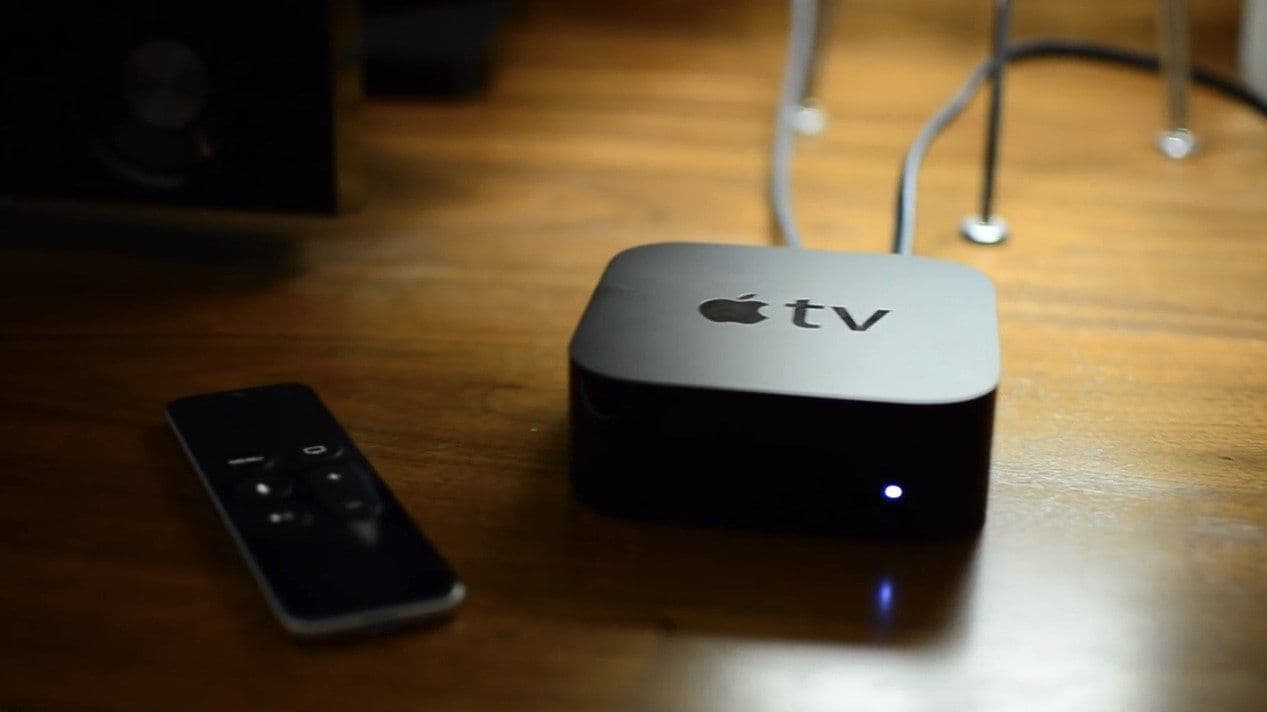Apple TV 4K Introduces Audio Passthrough Enhancing Home Theater Experience
By HiFi Editorial6 December 2025

Key Highlights
Audio passthrough on Apple TV 4K delivers raw, untouched audio streams to external devices, preserving high-quality sound for advanced setups.
Supports high-resolution formats like DTS-HD Master Audio and Dolby TrueHD, catering to audiophiles and home theater enthusiasts.
Streaming apps must enable passthrough support to unlock full potential, with Plex and Infuse likely leading adoption.
The highly anticipated feature of audio passthrough is set to make its debut on the Apple TV 4K, marking a significant milestone for audio enthusiasts and home theater aficionados. Audio passthrough, long desired by users with high-end audio setups, will allow the Apple TV 4K to deliver raw audio streams directly to external audio devices, such as AV receivers or soundbars, for decoding. This straightforward transmission bypasses internal processing by the Apple TV, ensuring that audio quality is preserved in its purest form and catering to users seeking the finest auditory experience.



